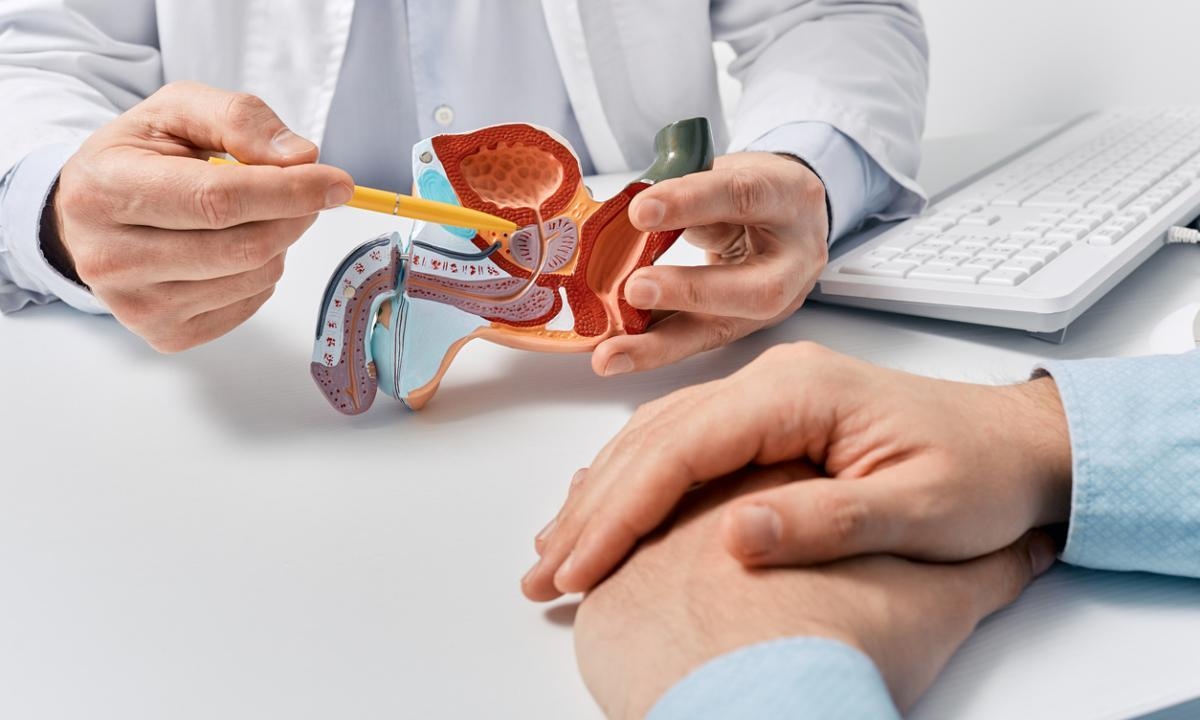
5 Ways Advanced Materials Are Powering the Future of MedTech
Advanced materials are essential in furthering medical technologies, from promoting patient safety to ensuring embedded devices have long life spans.
Why should you remain interested in such progress and which achievements have happened relatively recently? Here are 5 ways advanced materials are powering the future of MedTech.

1. Improving Bone Infection Treatment and Prevention
Researchers in Ireland developed a new bone-like material that speeds the healing of patients with osteomyelitis — bone tissue infections — and prevents them from worsening. The scaffold-like implant can encourage healthy regrowth of affected bones.
When creating this advanced material, the researchers infused it with copper nanoparticles to kill the bacteria responsible for most bone infections. It also relies on a specific genetic molecule that stimulates restoration. Experiments indicated that the implant stopped 80% of dangerous bacteria from attaching to the affected area and regrowth happened within two weeks.
Additionally, the material promoted good cellular blood supply to the area, facilitating the development of healthy, viable bones. Researchers confirmed that this work improved the treatment of complex bone infections and said it could enhance timelines for patients requiring this care.
2. Reducing Colonoscopy Complications
Colonoscopies are important colon health and cancer screening methods that millions undergo yearly. However, some patients have gastrointestinal bleeding during and after these procedures. Others develop tears that make intestinal contents leak into the abdomen. These issues require hospital treatment and some become emergencies.
One team developed a new sprayable material delivered to surgical sites through endoscopes. It works as a shield, increasing the tissue’s mechanical integrity while preventing post-colonoscopy bleeding and polyp-removal complications. The spray forms a solid gel less than five seconds after application.
The results of an animal study showed it maintained its protective properties for three to seven days after a procedure and promoted healing. Additionally, it integrated smoothly with current endoscopic methods, not requiring medical professionals to change their approaches.
The researchers also created the gel in a user-friendly, liquid formula that needs no activation to work. Since it can tolerate the enzymatic activity and low-pH environment associated with the digestive tract, it may be a viable candidate for other uses, such as treating stomach ulcers.
3. Applying a Coating to Improve Implanted Device Success Rates
Materials scientists are also interested in how they could alter readily available substances to overcome known medical problems. Silicones are widely used in the medical industry, partially because they remain thermally stable to approximately 600˚ Fahrenheit and offer a wide range of chemical resistance.
Although silicone is a widely used biocompatible material for implantable electronic medical devices such as pacemakers and neural stimulators, some people’s bodies reject it, triggering the immune system to launch a defense. Eventually, scar tissue may form around the implanted technology, stopping electrical impulses from reaching the nervous system.
Scientists still have a lot to learn about these responses and doctors must typically prescribe anti-inflammatory drugs that stop the internal scarring. However, these medications also halt the body’s natural repair process.
A research team recently recognized the usefulness of these drugs. However, they’re taking a multifaceted approach that involves softer, coated materials to prevent unwanted implant reactions. They ran a rodent test to see the effects of adding an anti-inflammatory drug to an implanted device’s silicone coating via an inhibitory molecule.
The results indicated this approach prevented undesired reactions without interfering with tissue regeneration. The researchers believe this work creates the foundation for tweaking the coatings of next-generation implanted devices, changing materials’ properties or preventing unwanted outcomes. If medical device makers can prove more people’s bodies will tolerate their newer offerings, they may have an easier time getting regulators to approve them as safe for widespread sale.
4. Correcting Heart Rhythm Abnormalities
Sensor-related innovations have made it easier and safer for people to recover at home. The progress frees up hospital beds while allowing medical professionals to spot problems that may necessitate in-person visits quickly. What if medical technology was even more proactive, immediately responding to abnormalities before further complications occur? Advanced materials could make that possible.
In one example, researchers used graphene as the main component for a pacemaker that functions like a conventional device but is thinner than a single strand of human hair. Graphene also allowed the team to create a pacemaker that conforms to the heart’s shape — starkly different from the current rigid technology.
Despite its thinness and flexibility, the device is strong enough to withstand a beating heart's constant and dynamic movements. The researchers also made the device transparent, allowing medical professionals to stimulate the heart or record its movements with optical light.
In tests on small animals, the graphene pacemaker could sense heart rhythm issues and deliver electrical stimulation to correct them. If this device becomes widely manufactured, it could help people with diagnosed heart problems live safer, fuller lives.
5. Reducing the Chances of Device-Related Infections
Although hospitals and medical clinics use stringent cleaning protocols, many infections still occur in these environments. For example, the risk of developing a catheter-associated UTI rises 3%–7% for each day the instrument is in use.
Research shows preventable health care-acquired infections account for up to 50% of all cases. People must exercise prevention-related best practices but should also be open to new technologies that could minimize infections.
One example comes from a research team that developed a new surface treatment method for medical devices. It involved depositing a thin layer of zwitterionic material on the item and then using ultraviolet light irradiation to bond it to the technology’s substrate permanently. That process creates a barrier against bacteria and stops potentially harmful organic materials from adhering to the device.
The researchers tested this innovation in laboratory and clinical settings, finding it caused a biofilm growth reduction of up to 93% depending on the microbial strain. When the group tried the treatment to see its effects on long-term catheter users, 10 of the 16 patients said it provided significantly better experiences.
One patient reported that the surface treatment prevented the pain she experienced and stopped the frequent catheter replacements former materials required. The latter is because the new material made the catheter perform well without signs of encrustation or occlusion.
Advanced Materials Significantly Impact Medical Progress
Carefully developed and chosen materials for the medical industry can increase patient safety, improve outcomes, and give health care professionals more options for providing appropriate treatments. The examples here could shape tomorrow’s medical technologies.
Trending
-
1 Mental Health Absences Cost NHS £2 Billion Yearly
Riddhi Doshi -
2 Gut Check: A Short Guide to Digestive Health
Daniel Hall -
3 London's EuroEyes Clinic Recognised as Leader in Cataract Correction
Mihir Gadhvi -
4 4 Innovations in Lab Sample Management Enhancing Research Precision
Emily Newton -
5 The Science Behind Addiction and How Rehabs Can Help
Daniel Hall





Comments